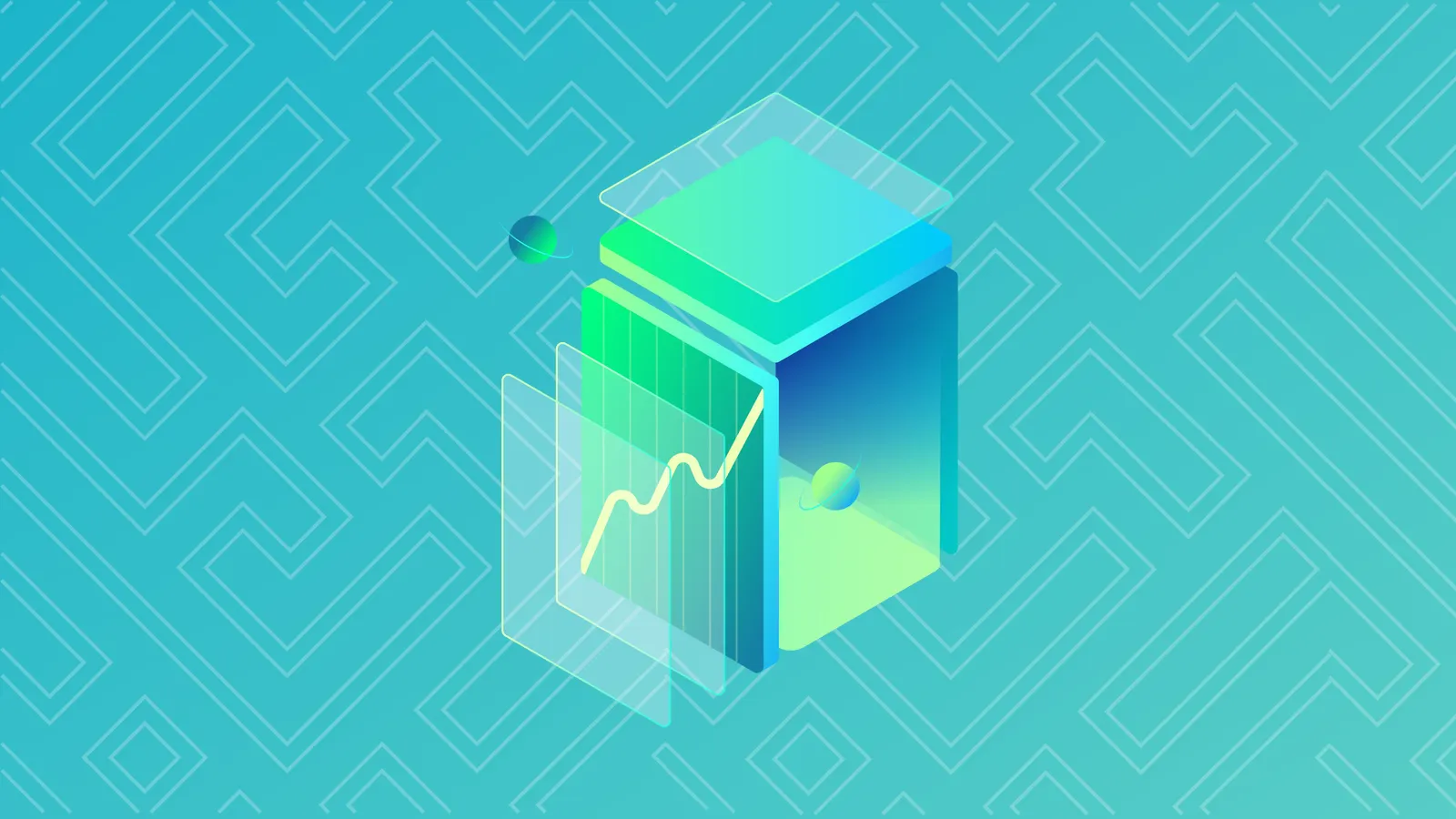The first generation of cryptocurrencies were all about creating digital money that could flow freely across the world. The second generation meanwhile, want to create products and services that could disrupt some of the world’s biggest companies.
NEO is definitely in that latter camp. Like EOS and Ethereum, it believes smart contracts are where the future of blockchain is heading.
What is NEO?
NEO is a blockchain platform, cryptocurrency and network for decentralised apps or Dapps
based in China. It was inspired by networks like Ethereum, but with a few key technical differences, which we’ll outline below.
NEO was designed for something the creators called the “Smart Economy”, which brings together digital assets, digital identity and smart contracts into one seamless ecosystem.
Did you know?
NEO’s purpose was never to disrupt China’s fiat currency, but instead to help the country’s economy transition into the blockchain era.
Who invented NEO?
Neo was started by Da Hongfei and Erik Zhang. The pair had previously been involved with the Shanghai-based blockchain research company, OnChain. They decided to create their own blockchain in 2014.
A BRIEF HISTORY
- 🚀 Early 2014 - Hongfei and Zhang launch a project called Antshares after working at OnChain
- 📛 June 2017 - Antshares is re-branded to NEO
- 🗳️ March 2018 - NEO holders are issued voting tokens to help manage the network
WHAT’S SO SPECIAL ABOUT IT
Like Ethereum, NEO has two distinct assets it uses to run the network. But with a twist.
- 🤳 NEO - a token that gives you voting and decision making rights in the community.
- 📝 GAS - a separate token that is used to power smart contracts.
However, unlike Ethereum, it does not have any transaction fees. This allows the NEO network to grow more consistently, and can already handle as many as 1,000 transactions per second.
Ethereum, at its current rate is hovering around 13 transactions per second. Although Sharding could change that.
Visa meanwhile, can process 45,000.
How is NEO produced?
NEO is not mined. Instead, in the beginning of the network, 100 million NEO were issued. However, 50 million of these NEO were held back by the NEO Foundation to fund development of the network.
GAS meanwhile has a slightly different approach. GAS gets generated after every block on the blockchain is verified. At present, 8 GAS is produced per block, but that will start to decline after each year until the total GAS generated will reach 100 million. After that point no more GAS will be created.
Did you know?
NEO’s consensus mechanism prevents the network from hard forks, as it relies on two thirds of the community to agree on major decisions.
HOW DOES NEO WORK?
At the heart of every cryptocurrency is a consensus algorithm. With Bitcoin, that’s proof-of-work, which is incredibly energy intensive and means transaction rates are low compared to others.
NEO meanwhile has created its own consensys protocol called Delegated Byzantine Fault Tolerance OR dBFT.
The process for how this works is unique to the network:
- 🗳️ Everyone who holds NEO has a vote
- ✋ That vote can be used to elect a Consensus Node who is responsible for managing the blockchain
- 🚧 NEO holders send their transactions to the Consensus Nodes who bundle them together into a block.
- 🔗 A Consensus Node is randomly chosen to verify the current block, and will send the ledger in the block to all other Consensus Nodes on the network.
- 🔐 If at least 66% of the Nodes agree, the block is closed.
- 🏁 If less than 66% consensus is reached, a different Consensus Node is chosen and asked to submit its own block for verification and the process starts again.
To become Consensus Node you’ll need to hold a certain amount of GAS and have a dedicated internet connection. But be warned, if the community doesn’t think you’re doing a good job, they can vote in someone else.
NEO is unique among crypto projects in that it has a central Council who overseas what projects can be built on the platform, as well as make decisions on how it should spend the remaining 50 million NEO tokens it currently holds.
Did you know?
NEO smart contracts support many common programming languages via the neoVM compiler, including those on Microsoft.net, Java, Kotlin, Go and Python.
WHAT CAN YOU DO WITH NEO?
As we mentioned earlier, the NEO blockchain wants to be able to create, trade and send different types of assets. We’ll explore those further below.
-
🛒 Digital Assets : Users can create, register, trade, and circulate digital assets. These can be anything that can exist in electronic form. So they could be bits of music, property or even objects.
-
👨💻 Digital Identity: Information on individuals, organisations, and other entities that exist in electronic form can be stored on the NEO blockchain, too.
-
📝 Smart Contracts : Ethereum has a smart contract facility, but where these two projects differ is that developers do not need to learn a new programming language to write contracts. Instead, they can use C#, Java and other mainstream programming languages.
Did you know?
NeoQ – A lattice-based cryptographic mechanism was designed to create a layer of security that not even quantum computers would be able to break through.
THE FUTURE
Ethereum has by far the largest community of developers creating projects on the platform. But NEO’s popularity is growing.
In 2018, several projects on Ethereum made the jump to NEO, thanks to a more accommodating environment for developers.
One of the key feature sets the developers behind NEO have created is for the ability for the blockchain to exist in non-blockchain environments.
That means theoretically it could be simpler to implement NEO into existing business infrastructure which could accelerate blockchain adoption in future.


